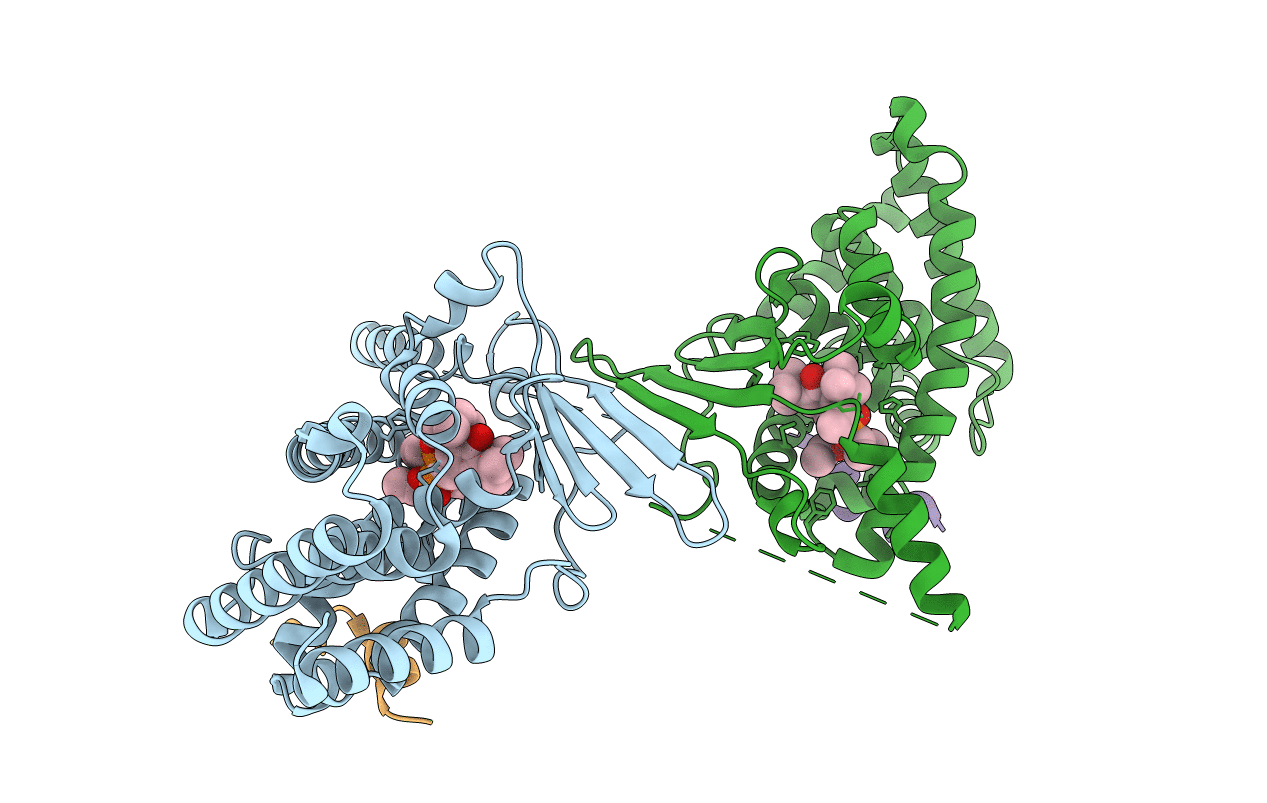
Deposition Date
2003-01-25
Release Date
2003-08-19
Last Version Date
2024-02-14
Entry Detail
PDB ID:
1NRL
Keywords:
Title:
Crystal Structure of the human PXR-LBD in complex with an SRC-1 coactivator peptide and SR12813
Biological Source:
Source Organism:
Homo sapiens (Taxon ID: 9606)
Host Organism:
Method Details:
Experimental Method:
Resolution:
2.00 Å
R-Value Free:
0.24
R-Value Work:
0.21
R-Value Observed:
0.21
Space Group:
P 21 21 21


